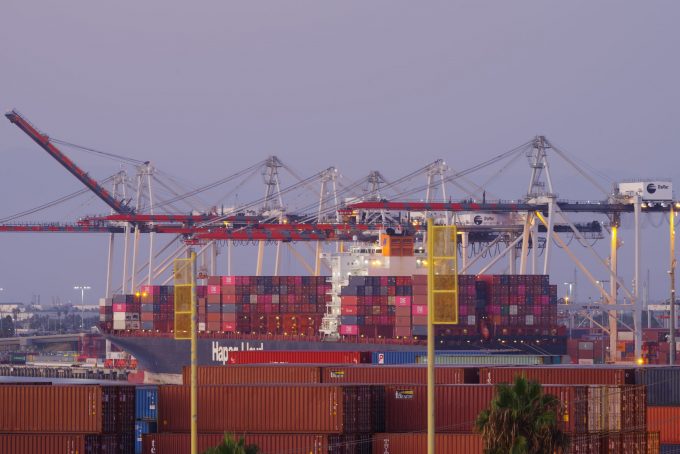Gemini carriers cut back loading allocations on challenging southern India trade
Southern India’s ocean trade continues to be a challenging market for both Maersk and Hapag-Lloyd, ...

With Shanghai on the cusp of unlocking its manufacturing and unshackling frustrated container exports, spot rates from Asia are set to increase in the coming weeks.
However, the rate spikes could be shortlived if some reports of cancelled orders prove to be linked to weakening consumer demand in Europe and the US.
Ocean carriers have succeeded in managing their capacity during the two-month Covid restrictions in the Shanghai region, and this has mostly prevented any dramatic falls in short-term rates.
For example, this ...
Trump tariffs see hundreds of cancelled container bookings a day from Asia
Macron calls for ‘suspension’ – CMA CGM's $20bn US investment in doubt
De minimis exemption on shipments from China to the US will end in May
Forwarders stay cool as US 'liberation day' tariffs threaten 'global trade war'
Mixed response in US to 'Liberation Day', while China leads wave of retaliation
Tariffs and de minimis set air freight rates on a volatile course
Overcapacity looms for ocean trades – with more blanked sailings inevitable
'To ship or not to ship', the question for US importers amid tariff uncertainty

Comment on this article
Hans-Henrik Nielsen
May 28, 2022 at 8:57 amExcellent summary Mike. Bull whip is about to crack… we see it already